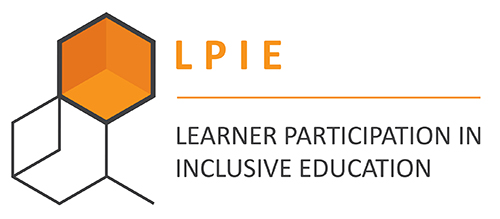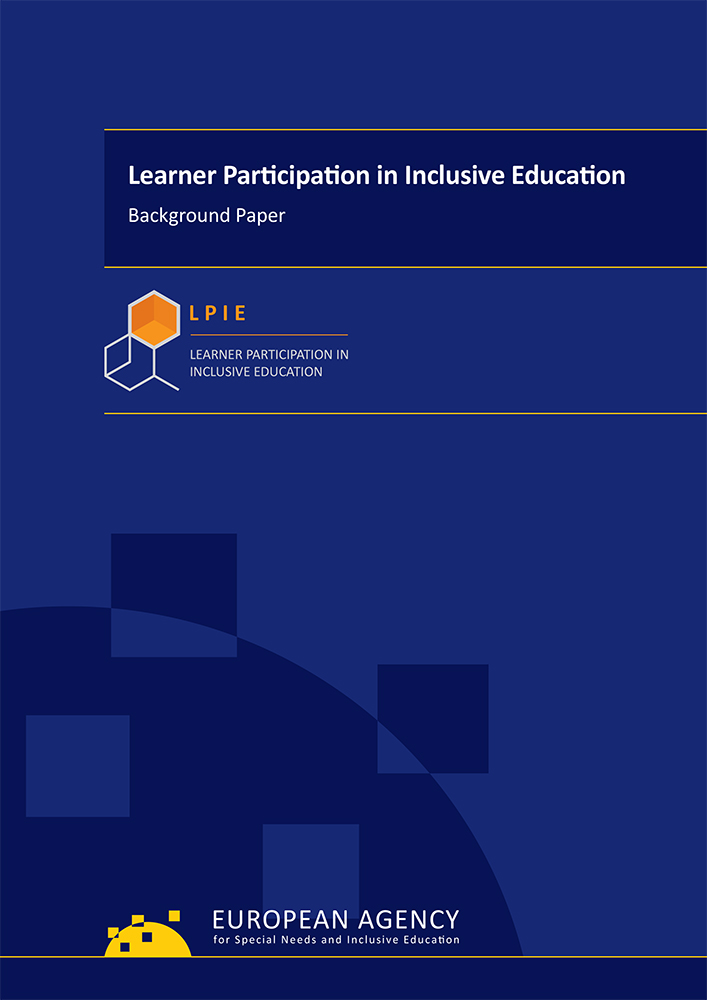
The Learner Participation in Inclusive Education (LPIE) activity has hosted a series of workshops to begin piloting photovoice projects in five countries.
Photovoice uses photography to empower participants to reflect on their experiences, highlight issues and advocate for change. Participants take and discuss photographs to understand concerns, strengths and needs, fostering dialogue and collective action.
The pilot projects will help the EASNIE team to develop a handbook and guidelines for teachers and schools on using the photovoice methodology with vulnerable learners, to assess their socio-emotional participation in inclusive education. The countries’ piloting examples will also inform future LPIE work.
Workshop participants included teachers, data analysts and EASNIE country representatives from each of the countries involved in the LPIE activity – Czech Republic, Estonia, Lithuania, Portugal and United Kingdom (Scotland).
The first workshop introduced the LPIE activity and the photovoice method. With the help of a draft version of the handbook, participants explored how to implement a photovoice project, and how the methodology might be used to gather data on learners who are vulnerable to exclusion from inclusive education.
The second workshop, led by Professor Amanda Latz from Ball State University, USA, a renowned expert in the photovoice methodology, was a more interactive and hands-on experience using photos shared by participants.
Discussions will continue on an online platform throughout the pilot project, ahead of a third workshop in the autumn. This session will focus on how to use the photovoice methodology to generate and analyse data to assess learners’ social and emotional participation in education.
The final handbook, guidelines and additional outputs will be published in 2026. More information is available on the LPIE web area.

